As Google Analytics Universal (GA) and Google Analytics 360 (GA360) have transitioned to Google Analytics 4 (GA4), let’s look at the updates to export Google Analytics data.
Google Analytics (GA)
Standard Google Analytics properties officially ceased data processing on July 1, 2023. Following the complete shutdown on July 1, 2024, users no longer have access to existing UA data, marking the end of an era for UA users.
Google Analytics 4 (GA4)
GA4 is the current and future-focused version of Google Analytics, optimized for a privacy-first world. Built on event-based data collection, GA4 provides enhanced cross-platform insights for websites and apps without relying on cookies.
Table of Contents
Comparison of Google Analytics Universal (GA) and Google Analytics 4 (GA4)
| Feature | Google Analytics (GA) | Google Analytics 4 (GA4) |
|---|---|---|
| Data Collection Model | Session-based | Event-based |
| User Interface | Standard reports | Flexible, customizable reports |
| Cross-platform Tracking | Limited | Comprehensive across web and app |
| Predictive Metrics | Basic predictive insights | Enhanced predictive and machine learning features |
| Integration with BigQuery | Available in GA360 only | Native and seamless, available to all GA4 users |
With Hevo, you can effortlessly export your Google Analytics data to any destination, such as BigQuery, Redshift, Snowflake, and many more. Our no-code platform ensures smooth and efficient data integration and transformation.
- Seamless Export: Transfer Google Analytics data to your target destination in 2 Steps.
- Flexible Transformations: Use drag-and-drop tools or custom Python scripts for data preparation.
- Real-Time Data Ingestion: Keep your data current with real-time synchronization.
Join over 2000 satisfied customers, including companies like Cure.Fit and Pelago, who trust Hevo for their data management needs.
Get Started with Hevo for FreeMethod 1: How to Manually Export Google Analytics Data from GA Dashboard
The manual export from GA4 is a quick, simple way to get a snapshot of your data. Just open the relevant report, click Share, and select your preferred format for Export (e.g., CSV, PDF, or Google Sheets).
This method works well for immediate data sharing and single reports but does have limitations—it only exports the current view, and each report requires a separate download. For automated or large-scale reporting, a more robust solution would be required.
We’ll look at a couple of examples to show how different reports and data can be exported using this method.
1.1) How do you Export the Engagement Report?
Engagement reports can be a critical resource as it shows you the way visitors interact with your website or app, such as average engagement time and engaged sessions per active user, and also average engagement time per session. Let us look at how to export an engagement report from the Google Analytics dashboard.
Step 1.1.a) Go to Engagement >> Overview, then click on the ‘Share this report’ button. Click on ‘Download File‘ and you can select the export format from the different options as shown in the image below.
1.2) How do you Export On-site Traffic?
Exporting on-site traffic data from GA4 will enable you to perform a detailed analysis of visitor behavior and will facilitate integration with other business systems for comprehensive insights.
Step 1.2.a) All you need to do is Go to Reports >> Traffic Acquisition.
Step 1.2.b) Click on the ‘Share this report‘ . Select your preferred format (e.g., CSV, PDF, Google Sheets) and initiate the export.
Step 1.2.c) You can also directly Export this Report to Analysis on GA4 to perform advanced analysis on the data you want to export.
Method 2: Using an Add-on to Export Google Analytics Data to Google Sheets
You can export Google Analytics data to Google Sheets using an Add-on provided by Google called “Google Analytics Spreadsheet Add-on”. This method would allow you to fetch and manipulate data directly within Google Sheets, providing flexibility for custom analysis and reporting.
You can also take a look at how you can seamlessly sync Sheets to Google Data Studio to easily work with your data.
Step 2.1: Install the Google Analytics Spreadsheet Add-on
The Google Sheets add-on for GA4 offers a convenient way to export data directly to a spreadsheet, giving you control over your data with options like:
- Organizing and analyzing data within Google Sheets
- Scheduling regular data exports
- Customizing report settings to fit specific needs
Step 2.1.a) Go to Extensions >> Add ons >> Get Add ons on your Google Sheets page.
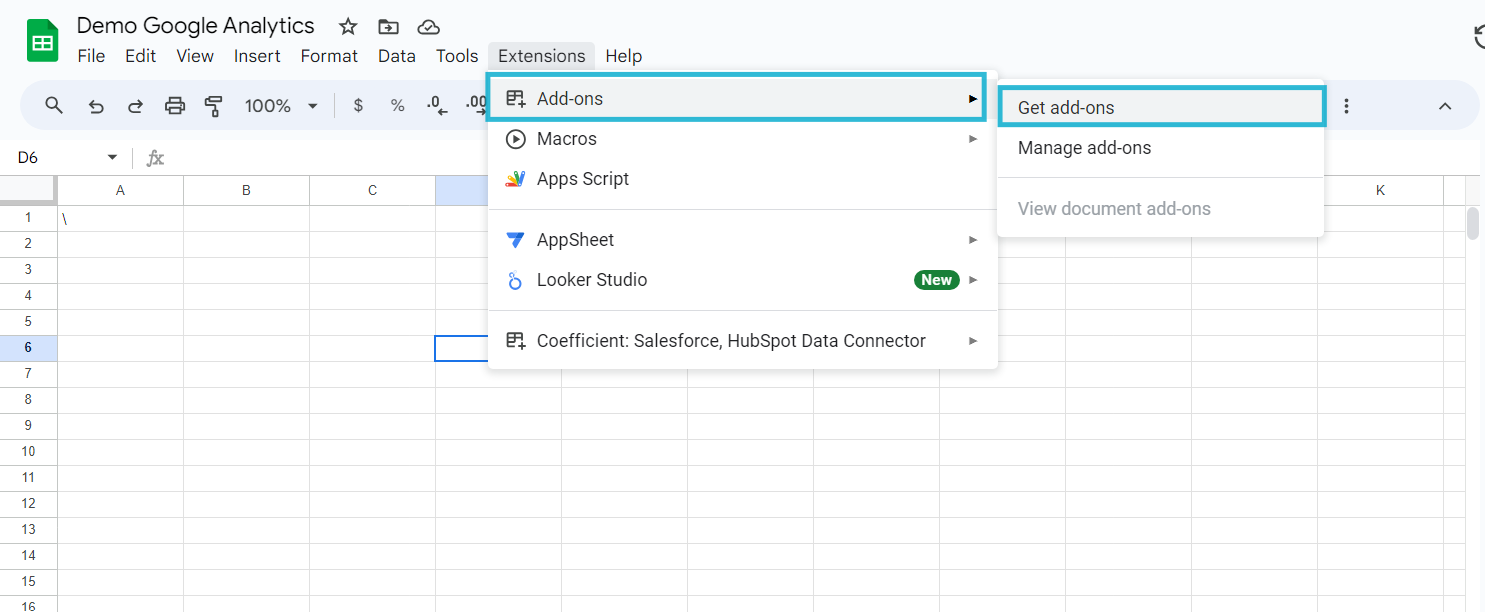
Step 2.1.b) Install your preferred Add-on based on your requirements.
While this method provides flexibility and saves time, it’s helpful to have a basic understanding of GA4 dimensions and metrics to get the most out of your reports. Note that many add-ons offer a free tier for a limited number of queries, with paid plans available for extended use.
Let us take an example of using the add-on provided by Google.
Step 2.2: Create a new report and configuring it
After the Add-on has been installed as an extension in your Google Sheets, you need to create a new report and then configure it accordingly to export the required data.
Step 2.2.a): You can go to Extensions >> Google Analytics Add-on >> Create a new report.
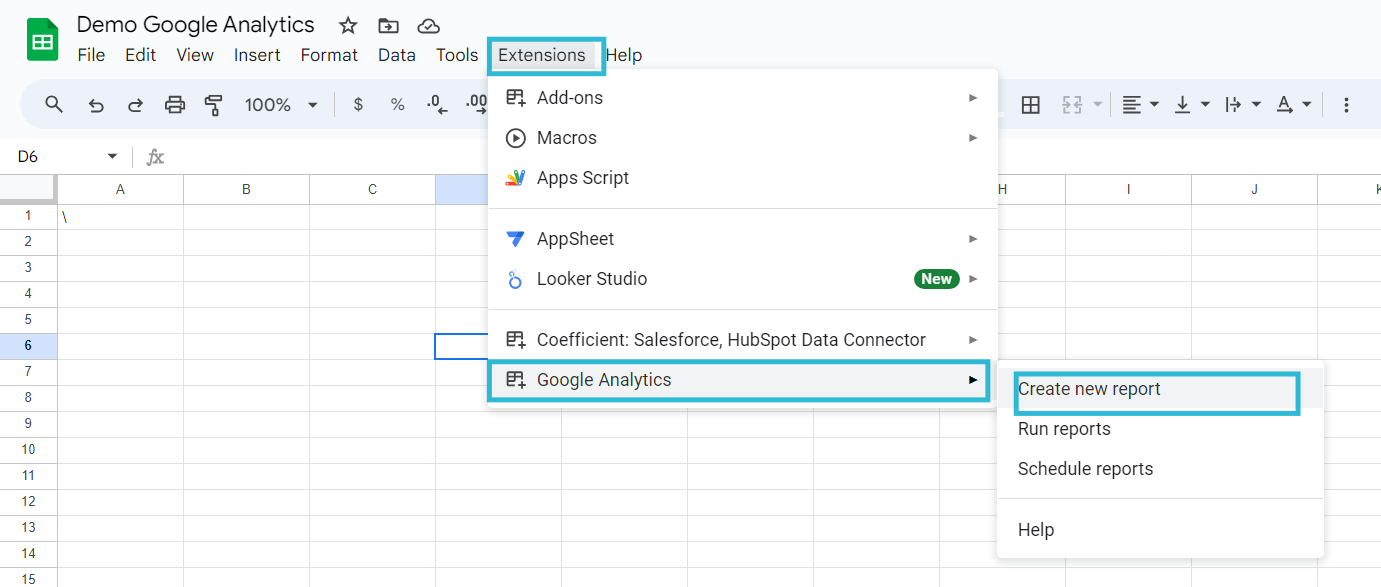
Step 2.2.b) A sidebar will appear consequently in Google Sheets for configuring your report.
Step 2.2.c) You can choose the account and property you want to import data from. You also need to set the date range for the data.
Step 2.2.d) Select the required metrics like sessions and pageviews.
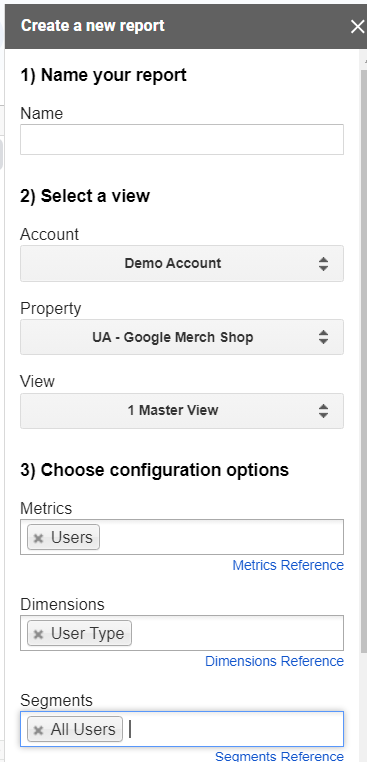
Step 2.3: Generation of the report
After you have entered the required details, you can generate the report.
Step 2.3.a) Click on ‘Create Report’.
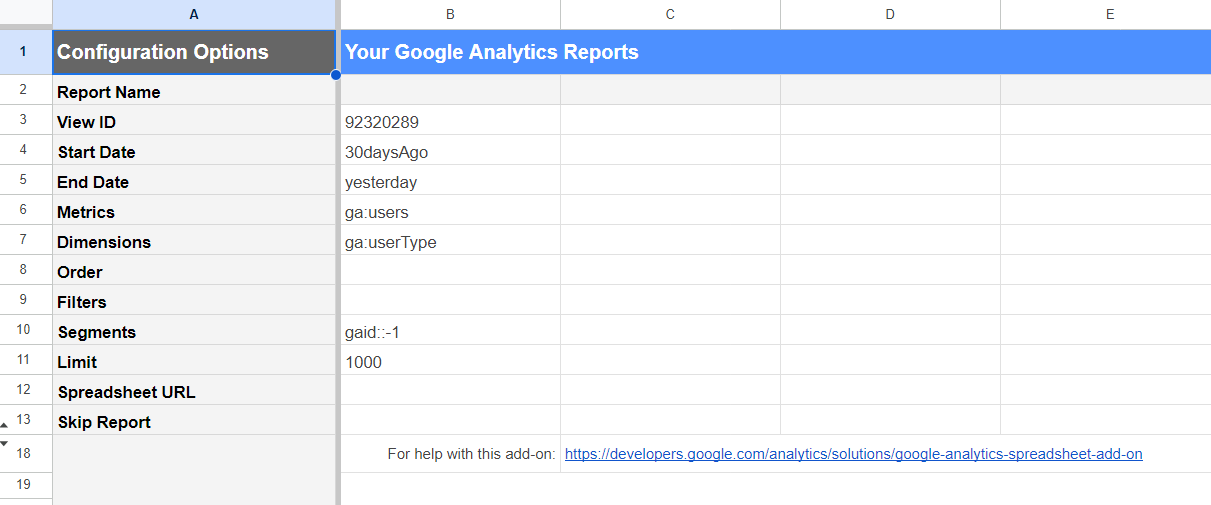
A report like the one displayed above will be generated.
Method 3: Google Analytics API for fetching datasets
You can also use the Google Analytics API to fetch datasets as it provides a purely technical way to fetch and manipulate data that offers flexibility beyond what is available to you through standard Google Analytics web interface or add-ons.
Step 3.1: Set Up Google Analytics API Access
Step 3.1.a) You can visit the Google Devlopers Console.
Step 3.1.b) You need to create a new project if you do not have any existing project.
Step 3.1.c) Also, enable Google Analytics API for your project. To authenticate create credentials like API key, OAuth client ID.
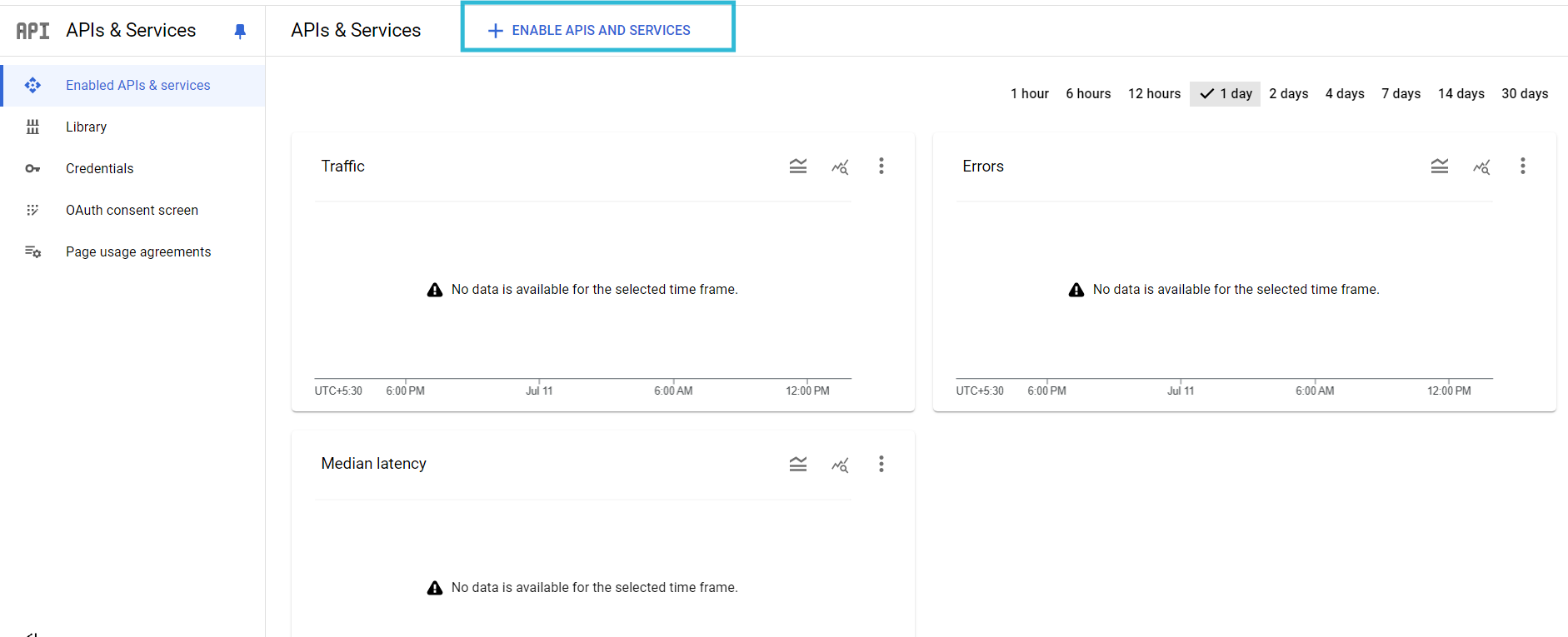
Step 3.2: Authenticate your Application
Depending on the type of credentials you choose, implement it in your application using Oauth 2.0 or API key.
Step 3.3: Writing Script to fetch data
You can use any programming language to interact with Google Analytics API and write a script to export the desired data.
Method 4: Google Analytics Query Explorer for export
The Query Explorer is a web-based tool that allows you to interactively query and export data using the Reporting API. You will have access to a graphical interface where you can construct and execute API queries without needing to write any code making it easy for non-developers.
Step 4.1: Accessing the Query Explorer
You can access the Query Explorer tool and log in to your existing Google account.
Step 4.1.a) Visit the Google Query Explorer tool to export the data.
Step 4.1.b) Log in using the account that has access to the desired property which contains the data.
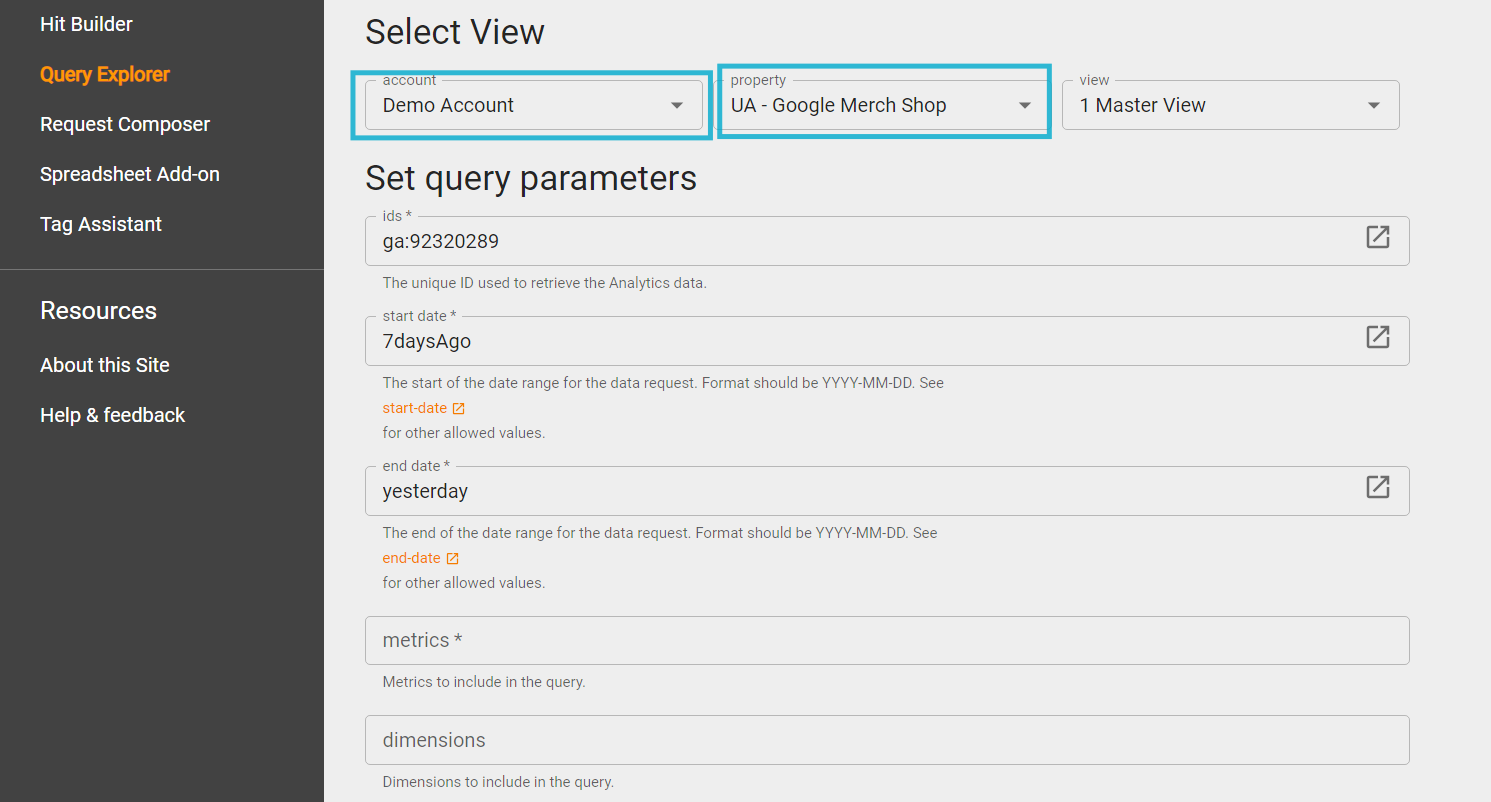
Step 4.2: Configure the Parameters
Provide all the necessary details required, such as metrics, dimensions, sort and other required things.
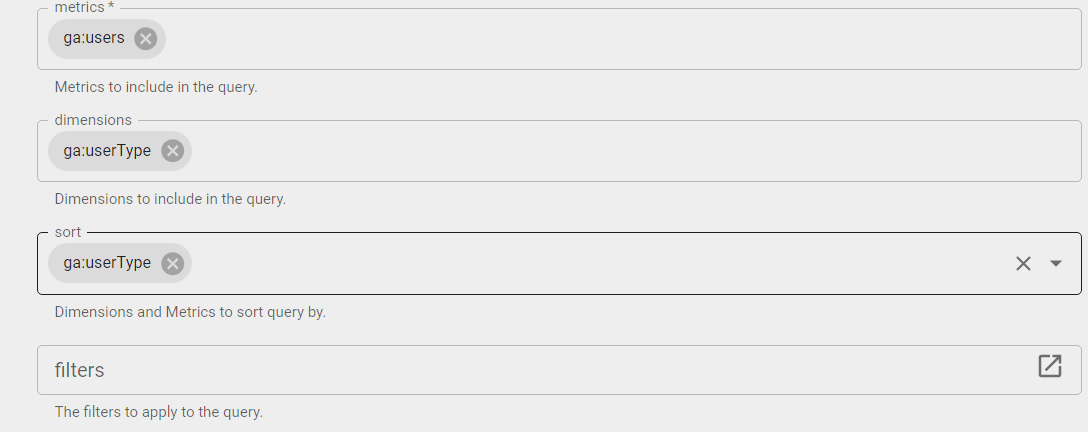
These are the details corresponding to the property from which I want to export data.
Step 4.3: Run the Query
Once you are done with configuring the required parameters,
Step 4.3.a) Click ‘Run Query’ to get the desired output.
Step 4.3.b) After running the query, you can export the data in various formats such as CSV, JSON, or HTML.
Step 4.3.c) Click the “Download” button to export the data.
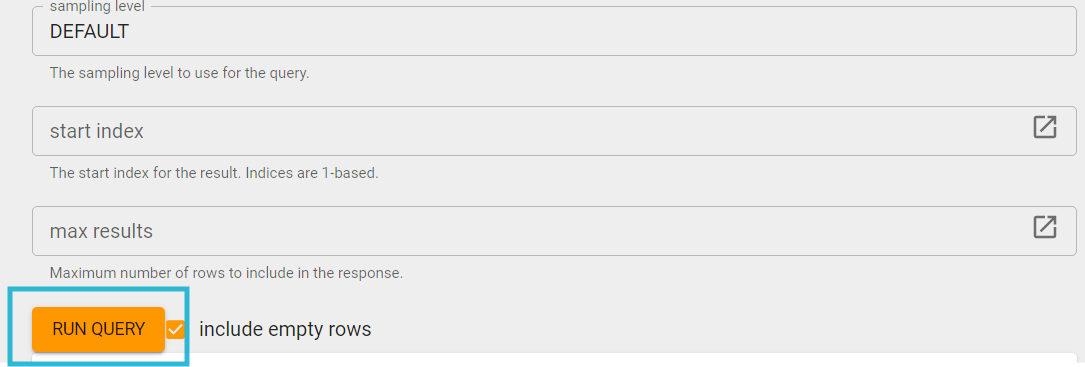
Method 5: Export Google Analytics Data using Hevo
Step 5.1: Configure your Google Analytics Source
You can take a look at the official documentation of configuring GA4 as your source to get a detailed understanding.
Step 5.2: Configure your Destination
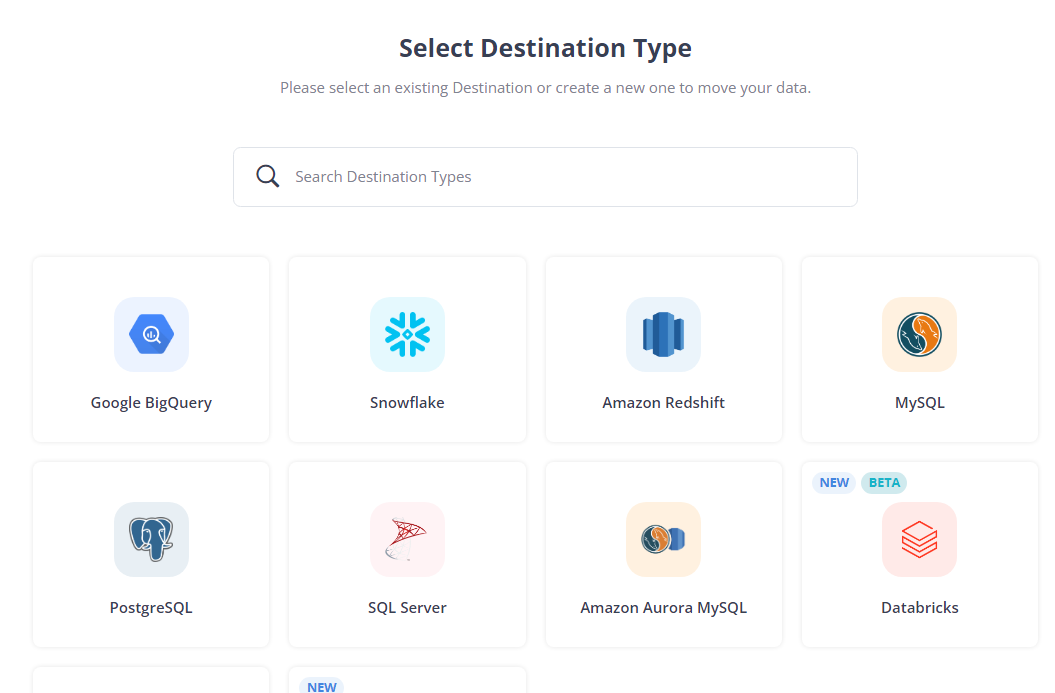
That’s it! In just 2 steps, you can successfully export data from Google Analytics. You can check out the wide range of destinations Hevo provides, which you can use to export your Google Analytics data.
Importance of Exporting Google Analytics Data
Exporting data from Google Analytics is crucial for in-depth analysis beyond the standard GA dashboard, allowing for custom reporting and insights tailored to your business needs. By exporting data, you can maintain a historical record that remains accessible even if analytics settings or platforms change. It also enables you to merge GA data with other sources, providing a more comprehensive view of user behavior across all marketing channels. Finally, it facilitates more flexible, long-term data storage and access for strategic decision-making.
Benefits of Exporting Google Analytics Data
- Customized Reporting: Exported data can be tailored to fit specific reporting needs that aren’t easily accessible within Google Analytics itself.
- Historical Data Backup: Safeguards your data by keeping a backup, especially useful if your analytics settings or platform versions change.
- Data Integration: Enables you to combine GA data with other sources, giving a fuller picture of your marketing performance across multiple channels.
- Advanced Analysis: Allows for deeper, more granular analysis using external tools, which can lead to more actionable insights.
Common Challenges While Exporting Google Analytics Data
- Integration Complexity: Combining GA data with data from other platforms can be challenging, requiring alignment of metrics and formats across sources.
- Data Limitations: Google Analytics exports often have row or query limits, which can restrict the amount of data you can export at once.
- Manual Effort: Regularly exporting data manually can be time-consuming, especially for businesses that need frequent data updates.
- Complex Formatting: Exported data may need further cleaning and formatting to be usable in other tools, adding extra steps.
How to Automate Data Export From Google Analytics
Apart from programmatically exporting Google Analytics data, only one option is available: using the Google Analytics add-on for Google Sheets. This Google Analytics export data method provides options for frequency and intervals to export Google Analytics data and custom reports. Additionally, you can also use Hevo Data which provides a No-Code Data Pipeline which provides real-time sync for automatic export from Google Analytics.


Next Steps After Exporting Google Analytics Data
After exporting your Google Analytics data, the real value comes from analyzing and visualizing it to drive actionable insights. Here are some key steps and tips for getting the most out of your exported data:
- Clean and Organize Your Data: Before diving into analysis, ensure the data is structured, with unnecessary rows or columns removed. This helps streamline your analysis and ensures consistency.
- Choose the Right Tool for Analysis: Tools like Excel, Google Sheets, or more advanced options like Python, R, or SQL can help you analyze large datasets. If you’re looking for powerful visualizations, consider BI tools like Power BI, Tableau, or Google Data Studio.
- Use Segmentation for Deeper Insights: Break down your data by user segments, such as traffic sources, device types, or user demographics, to better understand performance across different audiences.
- Create Dashboards and Visualizations: Visual representations can simplify complex data and help identify trends or patterns. Dashboards allow you to track key metrics over time and are ideal for sharing insights with stakeholders.
- Look for Trends and Anomalies: Analyzing trends over time can reveal patterns, such as seasonality, growth, or decline, while spotting anomalies can help identify potential issues or opportunities in your strategy.
Taking these steps will allow you to leverage your Google Analytics data for meaningful analysis, driving data-informed decisions and strategic planning.
Take a look at how you can create Google Sheets Dashboards to enhance your data quality.
Conclusion
Great! You have now learned how to export Google Analytics data using 5 easy methods. So if all that scripting magic and the associated challenges feel like too much effort, you can think of using a completely automatic, cloud-based ETL tool like Hevo that can extract, transform and load Google Analytics data to almost any data warehouse for Free in a matter of a few clicks. Hevo’s fault-tolerant architecture ensures the safety of your data.
Sign up for a 14-day free trial and simplify your data integration process. Check out the pricing details to understand which plan fulfills all your business needs.
FAQ on Export Google Analytics Data
1. How do I transfer data from Google Analytics?
1. Using Google Analytics Interface
2. Using Google Analytics API
3. Using Google BigQuery
4. Using Third party tools like Hevo, Stitch etc.
2. Can I get raw data from Google Analytics?
Yes, you can get raw data from Google Analytics
3. How to export Google Analytics data?
To export Google Analytics data, you can:
Open the desired report on the dashboard
Click on the “Share” icon in the top-right corner
Select “Download File” from the options
Choose your preferred file format, such as CSV or PDF
Click “Download” to save the file
4. Can Google Analytics Export All Data?
There are 3 ways to export all Google Analytics Data:
Manual Export: Export reports directly, but the process can be slow depending on your data volume.
Google Sheets Add-on: Export aggregated reports into Google Sheets for easier access.
Google Analytics API: Use the API to export aggregated data more efficiently.







